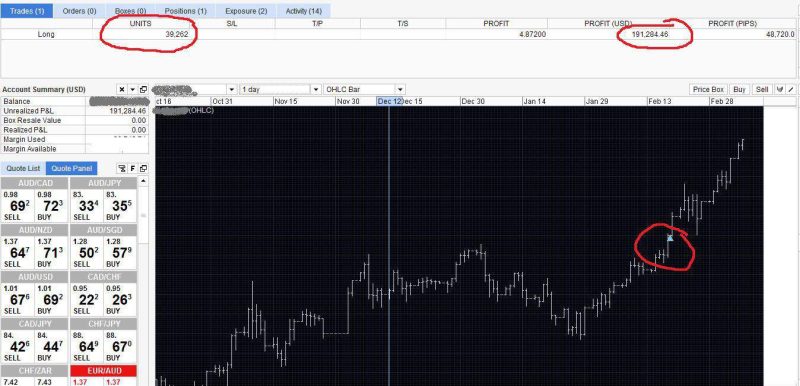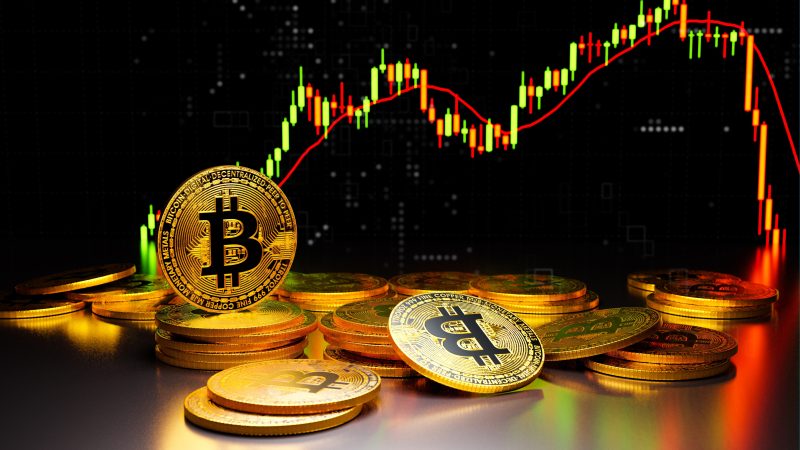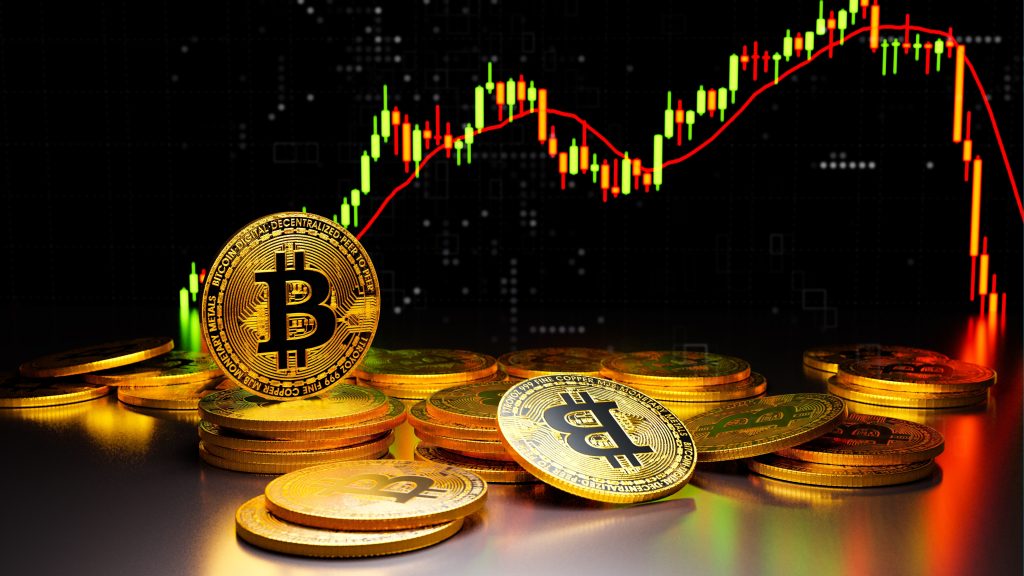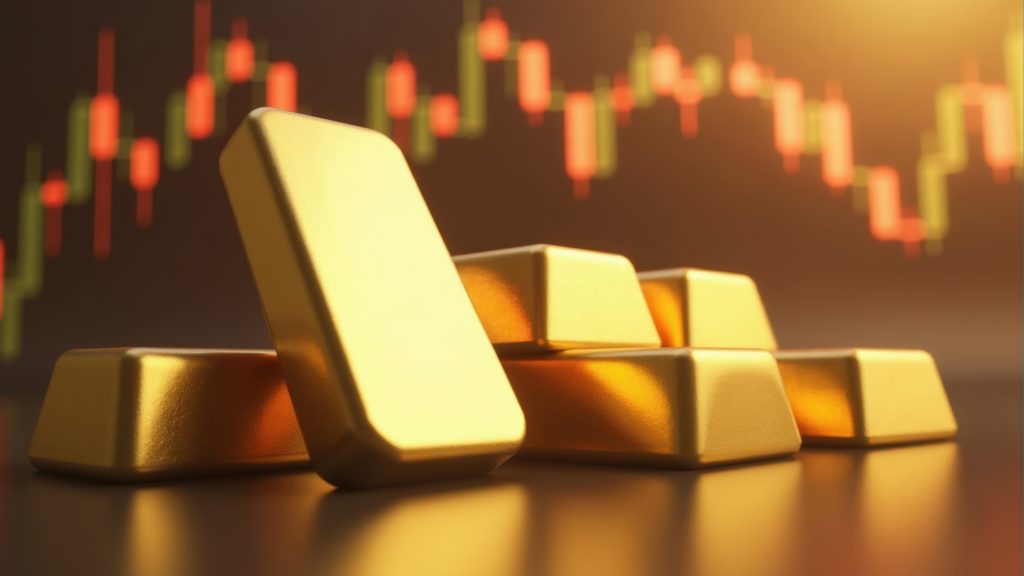In the rapidly evolving world of finance, two concepts that have captured considerable attention are cryptocurrencies and financial bubbles. Over the past decade, we've seen the crypto industry rise from obscurity to a significant force in the global economy. Alongside this growth, however, we've also seen the emergence of a phenomenon known as ‘crypto bubbles.' This article aims to delve into the nature, causes, effects, and potential future of these cryptocurrency bubbles, beginning with a basic understanding of cryptocurrencies and financial bubbles.
Understanding Cryptocurrencies
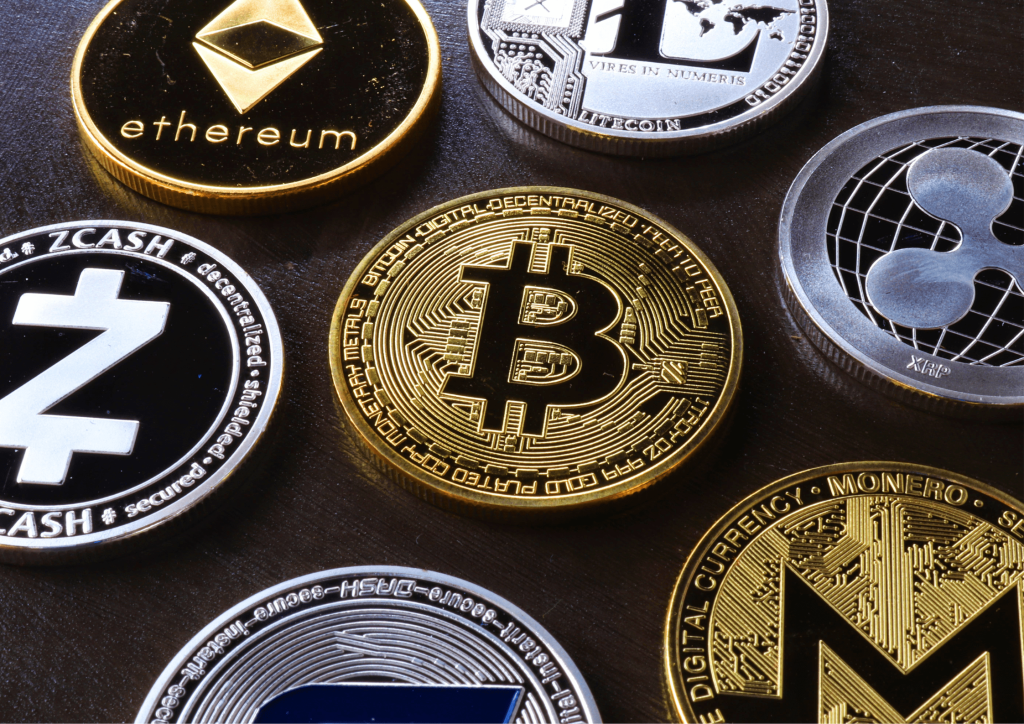
Cryptocurrencies came into existence in 2009 with the creation of Bitcoin by an entity or group known as Satoshi Nakamoto. These digital assets, encrypted with complex cryptographic techniques, have since grown exponentially, extending beyond Bitcoin to include thousands of alternative coins or ‘altcoins.'
Key Attributes of Cryptocurrencies
1. Decentralization: Unlike traditional currencies, cryptocurrencies are decentralized, meaning no single institution, such as a central bank, has control over them.
2. Digital Nature: Cryptocurrencies exist only in the digital sphere. They have no physical form like paper money or coins.
3. Use of Blockchain Technology: Cryptocurrencies operate on a technology known as blockchain, a decentralized, distributed ledger system that records transactions across many computers.
4. Volatility: Cryptocurrencies are well known for their extreme volatility, with prices capable of enormous fluctuations within short periods.
Bitcoin, as the pioneer, is the most well-known and valuable cryptocurrency. However, others like Ethereum, which introduced smart contract functionality, have also gained significant recognition.
Also Read: How to Trade Crypto CFDs
Understanding Financial Bubbles

In the context of finance and investment, a bubble refers to a situation where the price of an asset significantly exceeds its intrinsic value. This phenomenon occurs when speculation and heightened investor sentiment drive the price upward in a positive feedback loop. As more and more people buy the asset, the price continues to rise. However, when investors begin to sell off the asset for various reasons, the bubble ‘bursts,' leading to a rapid drop in the asset's price.
There have been numerous financial bubbles throughout history. The Dutch Tulip Mania in the 17th century is often considered one of the first documented financial bubbles. In the modern era, the Dotcom Bubble and the Housing Bubble stand out.
The Dotcom Bubble took place in the late 1990s when internet-based businesses, or dotcoms, were viewed as the future of commerce, leading to an exponential rise in their stock prices. But as soon as many of these companies started to lose money, confidence began to dwindle, the bubble popped, and the stock market plunged.
The mid-2000s saw the bursting of the housing bubble, mainly in the US. The notion that property prices will always grow, loose lending requirements, and speculative fever all contributed to the spike in housing prices during this time. In 2007, the bubble burst, causing a drop in house values and the start of a world financial crisis.
Financial bubbles have a variety of root causes. One of the main factors is speculation, which is the act of buying an asset with the expectation that its value will increase in the future. In situations where investors' behaviors are impacted by the behavior of other market players, market psychology and herd behavior also come into play. Financial bubbles can also be produced by other economic variables like cheap interest rates, technological advancement, and market manipulation.
Financial bubbles can have far-reaching effects that go beyond the losses of investors. When a bubble bursts, the economy frequently contracts as wealth is lost, which results in decreased consumer spending, job losses, bankruptcies, and in extreme situations, a recession or depression.
The Concept of a Crypto Bubble
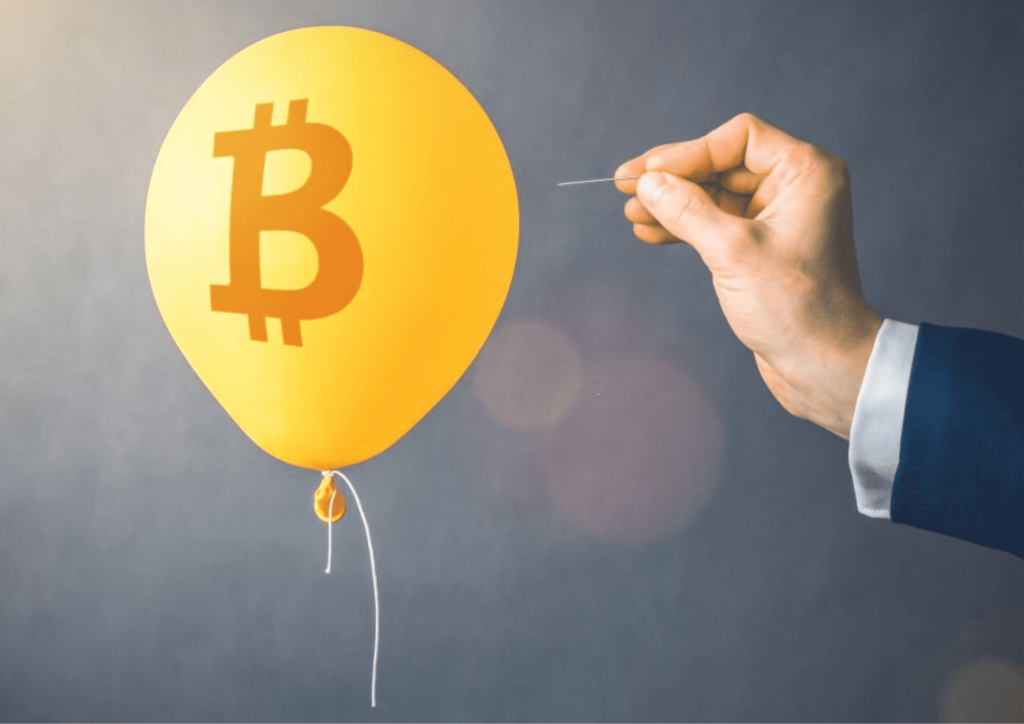
The structure of a cryptocurrency bubble is similar to that of a conventional financial bubble, but it is uniquely related to the price of cryptocurrency. A crypto bubble occurs when the price of cryptocurrencies increases quickly due to investor speculation and FOMO. This causes prices to be far higher than the fundamental value of cryptocurrencies.
Since the launch of Bitcoin in 2009, there have been multiple bubbles in the cryptocurrency market. The most noteworthy ones happened in the years 2011–2013, and 2017–2018. In each of these cases, excessive speculative crypto trading caused Bitcoin's price to rise substantially over a brief period of time before falling sharply afterward.
Crypto Bubbles vs Traditional Financial Bubbles
Cryptocurrency bubbles share many characteristics with conventional financial bubbles, such as being fueled by speculative activity, market psychology, and outside forces. They do, however, also have distinctive qualities. For instance, the cryptocurrency market operates 24/7, is highly volatile, is global, and is not tied to a specific country's economy. Cryptocurrency bubbles may be more volatile and unpredictable than traditional financial bubbles because of these features.
Causes of Crypto Bubbles
Crypto bubbles, much like their traditional counterparts, are complex phenomena driven by a mix of behavioral, economic, and technological factors.
Speculative Trading
This is the primary driver of most cryptocurrency bubbles. Speculators are investors who buy crypto assets not for their fundamental value but in the expectation that the prices will rise, enabling them to sell at a profit. Speculative trading can create a positive feedback loop: as prices rise, more speculators enter the market, pushing prices even higher.
Market Manipulation
Given the relative lack of regulation and oversight in the cryptocurrency market, it can be prone to manipulation. This might take the form of a ‘pump-and-dump' scheme, where manipulators inflate prices through false or misleading statements to attract investors. Once prices are sufficiently high, they sell off their holdings, leading to a price crash.
Fear of Missing Out (FOMO)
FOMO can be a powerful driver of investment decisions. As the price of a cryptocurrency rises and media coverage intensifies, more investors are drawn into the market, fearing they'll miss out on potential profits. This can lead to a buying frenzy, further driving up prices.
Technological Advancements and Hype
The cryptocurrency market is intensely innovation-driven. Any new technological breakthrough (like a new blockchain application) or the launch of a promising crypto project can generate significant hype. This hype can attract investors hoping to get in on the ground floor of the ‘next big thing,' driving up prices.
Regulatory News and Events
Regulatory decisions and legal events can greatly affect cryptocurrency prices. For instance, if a major economy announces a crackdown on cryptocurrencies, it could trigger a sell-off, leading to a bubble burst. Conversely, positive regulatory news can lead to a surge in prices, potentially inflating a bubble.
How to Recognize a Crypto Bubble
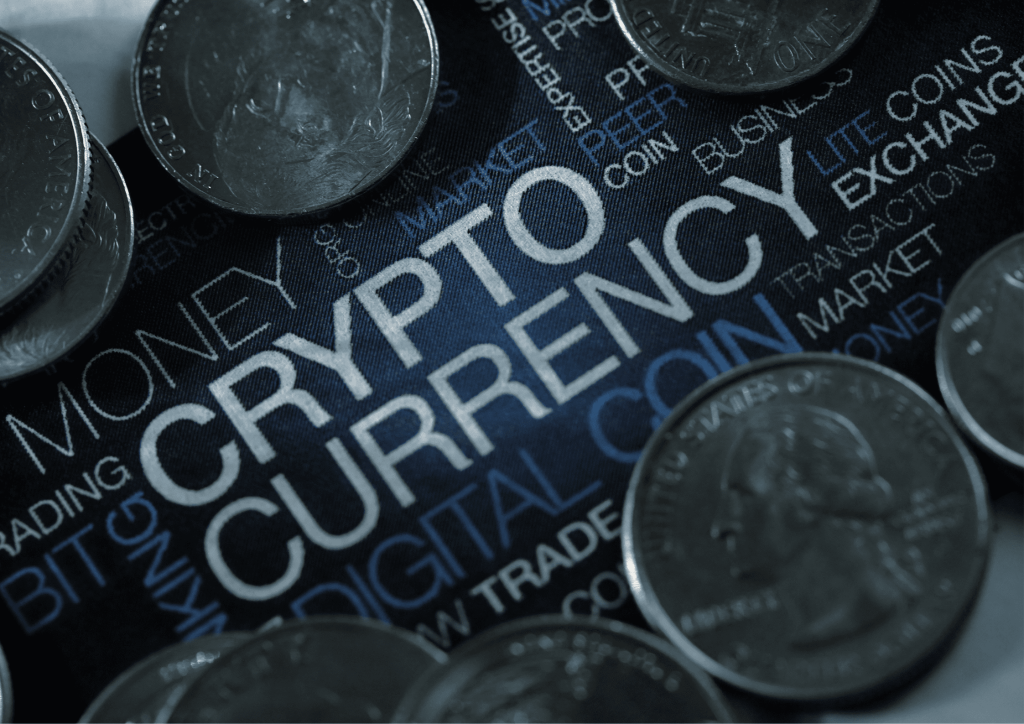
Recognizing a cryptocurrency bubble can be challenging due to the inherent volatility of the cryptocurrency market. However, several key indicators can signal that a bubble might be forming:
Rapid, Unjustified Price Increases
One of the clearest signs of a bubble is a rapid increase in price that can't be justified by fundamental factors. If the price of a cryptocurrency is rising significantly and rapidly, but there's no clear reason why, it could be a sign of a bubble.
Excessive Media Coverage
During a bubble, media coverage of the relevant cryptocurrency tends to increase. This can create a feedback loop: as media coverage drives interest and investment, prices rise, leading to even more coverage.
Surge in Retail Investors
If there's a significant influx of retail (small individual) investors into the market, it could be a sign of a bubble. Retail investors, driven by FOMO, often enter the market in large numbers during the late stages of a bubble.
Disconnection Between Price and Intrinsic Value
A clear sign of a bubble is when an asset's price becomes disconnected from its intrinsic value. However, determining the intrinsic value of a cryptocurrency can be difficult, given their unique characteristics and the lack of cash flow they produce.
It's crucial to remember that these indicators are not definitive proof of a bubble. They simply suggest that investors should proceed with caution, conduct thorough research, and ensure that their investment decisions are driven by careful analysis rather than emotion.
Mitigating Risks During Crypto Bubbles
Investing in cryptocurrencies during a bubble can be fraught with risk. However, several strategies can help mitigate potential losses:
Importance of Diversification
Diversification, or spreading investments across a range of different crypto assets, is a fundamental risk management strategy. By not putting all your eggs in one basket, you reduce the risk of substantial losses if one asset class (in this case, cryptocurrencies) performs poorly.
Considering Risk Tolerance and Investment Goals
Every investor should be clear about their risk tolerance and investment goals. If you have a low tolerance for risk or are investing for a short-term goal, you might want to limit your exposure to volatile crypto assets like cryptocurrencies.
Using Trusted and Secure Platforms
Every crypto exchange and wallet are different. To reduce the risk of losing your investment to a hack or fraud, it's crucial to use platforms that prioritize security and are reputable.
The Role of Regulatory Compliance
While the cryptocurrency market is still relatively unregulated, compliance with existing regulations can help mitigate risk. This can include everything from ensuring you're paying any necessary taxes on your cryptocurrency gains to avoiding involvement in schemes that might be legally dubious.
Avoiding FOMO-Driven Decisions
As noted earlier, FOMO can drive investors to make poor decisions, such as buying at the peak of a bubble. By staying informed and sticking to a well-thought-out investment plan, you can avoid making decisions based on fear or greed.
Also Read: How to Identify Scam Coin
The Future of Crypto Bubbles

Predicting the future of cryptocurrency bubbles is a challenging task given the unpredictable nature of the cryptocurrency market. However, several factors can potentially influence future crypto bubbles:
Potential for Future Crypto Bubbles
The factors that have contributed to past cryptocurrency bubbles – including speculation, FOMO, and market manipulation – are still very much in play. This suggests that future cryptocurrency bubbles are certainly possible, if not likely.
Factors That Could Affect the Likelihood and Impact of Future Crypto Bubbles
Numerous factors could influence future cryptocurrency bubbles. For instance, increased regulatory oversight could potentially reduce the likelihood or severity of bubbles. However, technological advancements that generate hype (such as the development of new blockchain applications) could have the opposite effect.
Influence of Regulatory Frameworks and Technological Advancements
As regulatory frameworks for cryptocurrencies become more established, they could either mitigate or exacerbate crypto bubbles, depending on how they are structured and implemented. Technological advancements could also continue to drive hype and speculation, potentially leading to bubbles.
Conclusion
In conclusion, while crypto bubbles share many characteristics with traditional financial bubbles, they also present unique features attributable to the novel, decentralized, and highly volatile nature of cryptocurrencies. It is essential for anyone participating in the crypto market to understand these phenomena, recognize their signs, and navigate their risks effectively. As the cryptocurrency space continues to evolve, education and awareness will be key to navigating its uncertain waters successfully. As for the nature and impact of crypto bubbles, like many aspects of this dynamic field, they will continue to be subjects of keen interest and ongoing study.
Also Read: Everything About Staking in Crypto
FAQs
How can I protect myself from a crypto bubble burst?
The best approach to guard against a crypto bubble burst is to diversify your crypto assets, invest only what you can afford to lose, use secure platforms for your transactions, and stay current on investment-related news. Additionally, it's critical to refrain from basing investing choices solely on FOMO (Fear of Missing Out).
Is there a surefire way to identify a crypto bubble?
Due to the cryptocurrency market's inherent volatility, spotting a crypto bubble might be difficult. There are, however, a number of warning signs to look out for, including sharp, unjustifiable price increases, disproportionate media attention, a rise in retail investors, and a gap between price and underlying value. Keep in mind that these indications should only be utilized as a component of a more thorough investigation.
Will there be more crypto bubbles in the future?
Future crypto bubbles are quite likely given the speculative and volatile character of the cryptocurrency economy. Market manipulation, new regulations, and technological developments are a few examples of factors that might cause bubbles to arise. Therefore, ongoing awareness and education are crucial for everyone working in this field.




